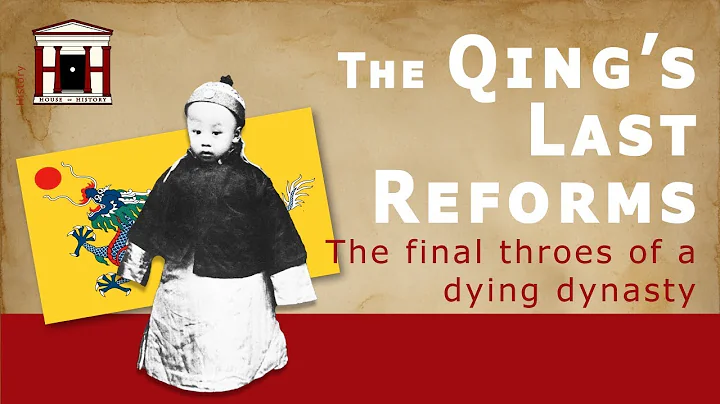
Revitalize the Town·Shangdang Campaign Exhibition Hall
htmlToday, 377 years later, when we look at the history that happened in Changzhi from a new perspective and look more deeply, we will find that the liberation of Changzhi was not only extremely important to the liberation of the whole country It has strategic significance, and the liberated Changzhi made a huge contribution to the founding of New China with its special status and role.

After the liberation of Changzhi, the leaders of the Taihang, Taiyue and Jinan troops took a group photo in Changzhi Fengze Garden to commemorate
On August 15, 1945, Japan announced its unconditional surrender. Soon, the Central Military Commission issued instructions requiring the complete cutting off of the enemy's railway transportation lines and transporting rails and other equipment back to the Taihang base area as much as possible. Where is
shipped? Changzhi became the first choice.
In September 1945, Jiaozuo City, Henan Province was liberated. Yang Lisan, Minister of Forward Logistics of the Eighth Route Army, instructed Zhang Yixiang, Director of the Political Department of the Ministry of Military Industry, to go to Jiaozuo to transport gun-making machinery and equipment.
Zhang Yixiang led more than 100 people to transport the 6.5-ton large boiler and more than a dozen generators from Jiaozuo to Changzhi via Jincheng , and then used manpower to pull them forward and back to the Songcun in Lucheng and put them into use.

Donkeys and people were pulling large boilers to the Taihang Mountains.
Due to the availability of high-power production equipment and raw materials, the Changzhi military industry developed from only producing hand grenades and mortar shells during the Anti-Japanese War to being able to reload mountain cannons and field operations. Cannonballs etc.
In January 1946, the Shanxi-Hebei-Luyu Military Region established the Pengzhuang Bullet Factory in Licheng, and produced 520,000 new rounds of ammunition the following year.
By February 1947, the Military Industry Department of the Shanxi-Hebei-Luyu Military Region had a total of 18 arsenals, 12 of which were built in Changzhi. They are:
Ordnance Factory No. 1, located in Liugou Village, Wuxiang County;
Ordnance Factory No. 2, located in Nanshicao Village, Changzhi City;
Ordnance Factory No. 4, moved to Dongwa Village, Licheng County;
Ordnance Factory The Sixth Factory of the Ordnance Industry, the Atomic Bomb Factory, is located in Pengzhuang Village, Licheng County;

The former site of the reloading bullet factory in Xiachiyu Village, Licheng County; The first factory is located in Tianwanji, Changzhi City, and has jurisdiction over 5 bomb factories including Fan County in Shandong Province (now part of Henan Province), Jincheng, Changzhi and Zuoquan County in Shanxi Province;
Ordnance Factory No. 12 is located in Songcun, Lucheng County ;
Ordnance Factory No. 14, formerly the No. 1 Factory of the Hebei-Shandong-Henan Military Region, was located in Anju Village, Lucheng County;
Ordnance Factory No. 15, formerly Fengfeng No. 8 Factory No. 1 in Cixian County and Xida Ordnance Factory No. 1, moved to Changzhi Fucheng Village in the west;
Ordnance Industry No. 16 is a new alcohol factory located in Xitiangong Village, Lucheng County;
Ordnance Industry No. 17 is a new wood factory located in Masen Village, Qinyuan County;
Ordnance Industry No. 10 Factory No. 8 is a new coking plant located in Zaozhen Village, Lucheng County.

Various firearms and ammunition produced in the Taihang base area
It can be said that after the liberation of Changzhi, the Shanxi-Hebei-Luyu Military Region concentrated almost all its major arsenals in Changzhi. Changzhi became a production base for artillery shells and bombs during the liberation period. The artillery shells and bombs produced by the Changzhi Arsenal effectively supported the urgent needs of our army on the battlefield. Half of the artillery shells used to liberate the country came from Changzhi. Huaihai CampaignChangzhi alone provided more than 4 million artillery shells.
At the same time, the Changzhi Arsenal laid the prototype of Taihang's dual-use military and civilian industry.
Changzhi not only had factories that made guns, repaired guns, and produced bullets and shells, but also established a machine manufacturing factory. It not only produces military equipment, but also provides urgently needed machine repairs and spare parts to the Ministry of Supply, Ministry of Health, Jinan Bank, and Xinhua Daily Newspaper Office.
Military production developed in depth and expanded, which also led to the development of a number of basic industries, especially the large-scale mining and smelting of coal, iron, nitrate, and sulfur, which laid the foundation for the development of civilian industry.
These have, to a certain extent, changed Changzhi’s farming-based production structure and are a revolution in Changzhi’s industrial development.
Original title: The significance of the liberation of Changzhi to the liberation of the whole country Author: Dai Yugang

Military production laid the foundation for the industrial development of Changzhi





















